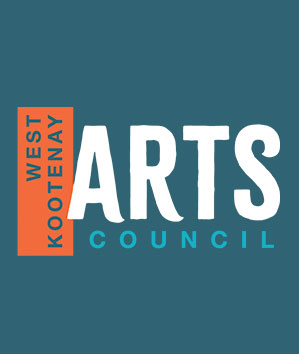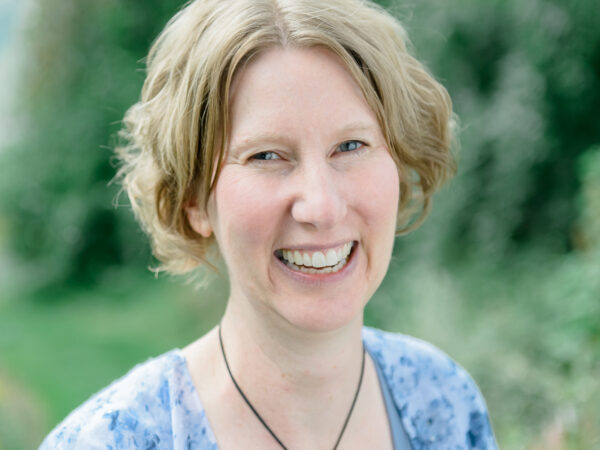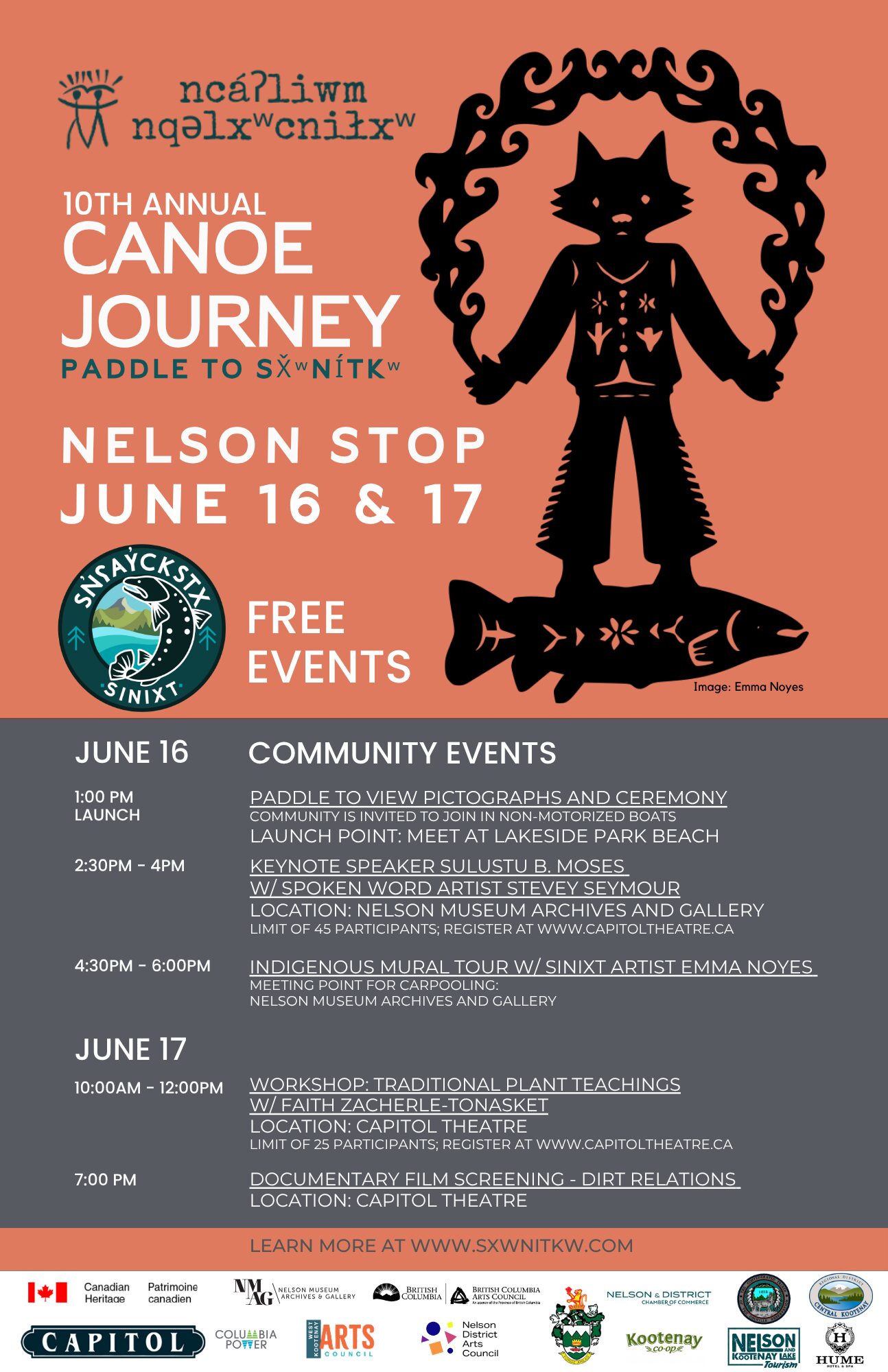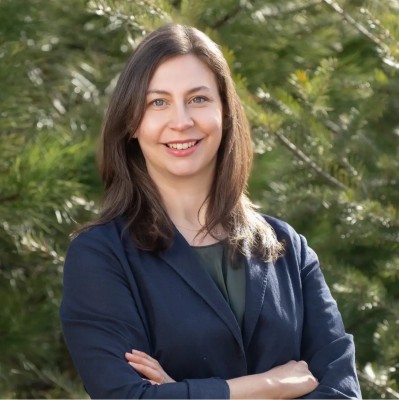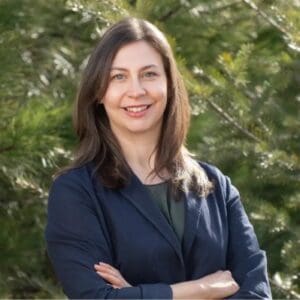
The West Kootenay Regional Arts Council (WKRAC) exists to help arts, culture and heritage in the Columbia Basin thrive. To do so, we rely on a dedicated team of board members, plus steering committee members who oversee the Columbia Kootenay Cultural Alliance (CKCA) arts and culture grants. We also have great employees!
Who are these people? In this series, we’re introducing you to the folks behind the scenes.
Susan Bernhardt, WKRAC Bookkeeper
WKRAC: When did you join WKRAC, and why did working here appeal to you?
SB: WKRAC was my first bookkeeping job when my family and I moved to the Kootenays in 2014. I love non-profit accounting, and it was a great fit as I started to learn about the Kootenays and call them home.
What are the main things you do in your position?
I’m in charge of the WKRAC finances which includes monitoring the day-to-day revenue and expenses, as well as managing the Columbia Kootenay Cultural Alliance grant payments.
How did you come to call the Columbia Basin home?
My husband Kevin got a job in Nelson 11 years ago. At that time, I had to Google map Nelson to find it on a map – I had no idea where it was! We took a trip out here and fell in love with the place; we felt we could give our four kids a 1970’s childhood. At the time, I didn’t know what the Columbia Basin would offer my career in non-profit accounting.
Are you involved in arts, culture and heritage outside of your work with WKRAC/CKCA? If so, what is your discipline or practice?
I have read that you need to have three types of hobbies in your life: one for your mind, one for your body, and one for your creativity. I love to read for my mind. I love to hike and bike (especially here in the West Kootenays!) for my body. Strangely, my creative outlet has become balance sheets and income statements. It gives me great joy to make them accessible and understandable to support the people I work with – it’s my palette!
What do you think people in the region should be proud of in terms of arts, culture and heritage?
I love how arts, culture and heritage in the Columbia Basin is so accessible and easy to find. In larger cities where I lived, participating in arts & culture events would require long commutes into the city where arts and culture would happen. Here in the Kootenays, it is easy to access theatre and art installations close by – and even heritage along hiking and bike trails!
What advice do you have for people in the region pursuing a career in arts, culture and heritage?
The Columbia Basin is such a unique place because people have chosen to pursue careers in arts, culture and heritage. Artists and traditional knowledge keepers hold an important role in our region through both their contributions to our economy and to the uniqueness of the culture of this area.
What vision do you see for the future of arts, culture and heritage in the Columbia Basin?
The Columbia Basin covers a large area filled with diverse communities and people. This is a unique position to hold. In a world full of polarization and division, I hope the people of the Columbia Basin continue to unite through active engagement in art and storytelling which fosters connection, understanding and shared identity.
